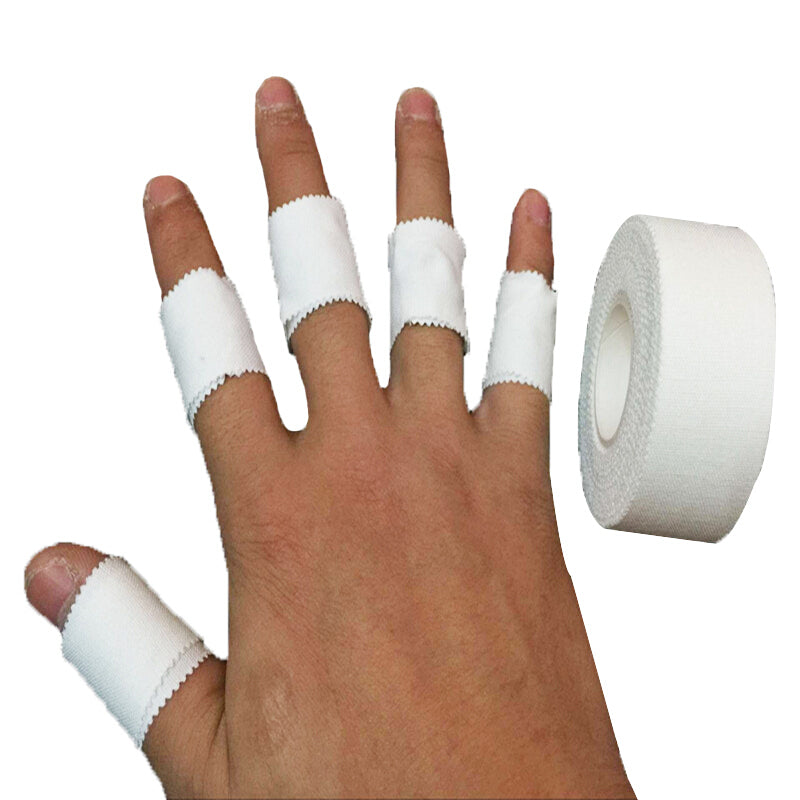Injuries On The Volleyball Court
When it comes to sports there is little that can compare to volleyball in terms of the dexterity needed to compete. Players must be able to bounce back quickly and push past pain on a regular basis. You may have noticed that some women wear tape around their fingers and ankles while playing; this is to strengthen the area against wear and also provide a stabilizer of sorts for the ankles when jumping. But not even the strongest tape can stop volleyball injuries from happening completely.

There are more than 5,000 injuries that occur every year in women’s volleyball alone. The majority of these are shoulder-related as there is little to no protection offered to players despite the amount of pressure put on the joint during a game. It is also common to see sprained ankles, dislocated fingers, patella tendinopathy, and many other types of injures all across the body.
Rotary Cuff Tear
None of this sounds fun of course, but injuries are a fact that come along with being involved in any sport. Volleyball is no exception. The muscles and tendons in your rotary cuff are likely victims when it comes to spiking against the opposing team.
Tearing a rotary cuff can be painful and is quite common in the volleyball scene. You’ll take notice of it when you go to lift your arm above your head and there is an aching or sharp pain along your shoulder and/or armpit. Thankfully, this injury usually only takes some anti-inflammatory and over-the-counter pain relievers to get you back on the path to recovery.
More serious instances of a torn rotary cuff can cause a trip to the doctor for surgery, but this is rare.
Jumper’s Knee
Patella tendinopathy, or more commonly known as “jumper’s knee”, might be another injury you hear cursing a few fellow teammates after a game. This occurs when the patella tendon has been overstressed to the point of causing lesions on the tendon. Though this might sound extremely painful the truth is it actually isn’t too bad.

Unless you keep straining the injury by extraneous activities, jumper’s knee tends to heal up on its own in about a week. All you need to do in the meantime is take it easy and relax.
Preferred by most as opposed to going through the relocation of a finger.
Dislocated Finger
Getting one of your digits caught-up in the net or catching the volleyball at a wrong angle are the most common ways this can occur. It is a very obvious injury as it is both very painful and stands out visually. When this happens, it is important that no one tries to set the finger back into place themselves. It is advised that you go to the doctor immediately, especially in the case that skin has been broken in the process. An injury like this can put you on the sidelines for a month or two, but that is only in the case of serious circumstances.

Should Volleyball Injuries Keep You from Playing?
It can be scary to think of such a thing happening during what was perhaps supposed to be a fun time out with friends, but don’t let it dissuade you from following your volleyball dreams. Though injuries are bound to happen at some point or another, that fact is true for everything you do. Simply take care of the injury properly and you’ll be back on the court in no time.